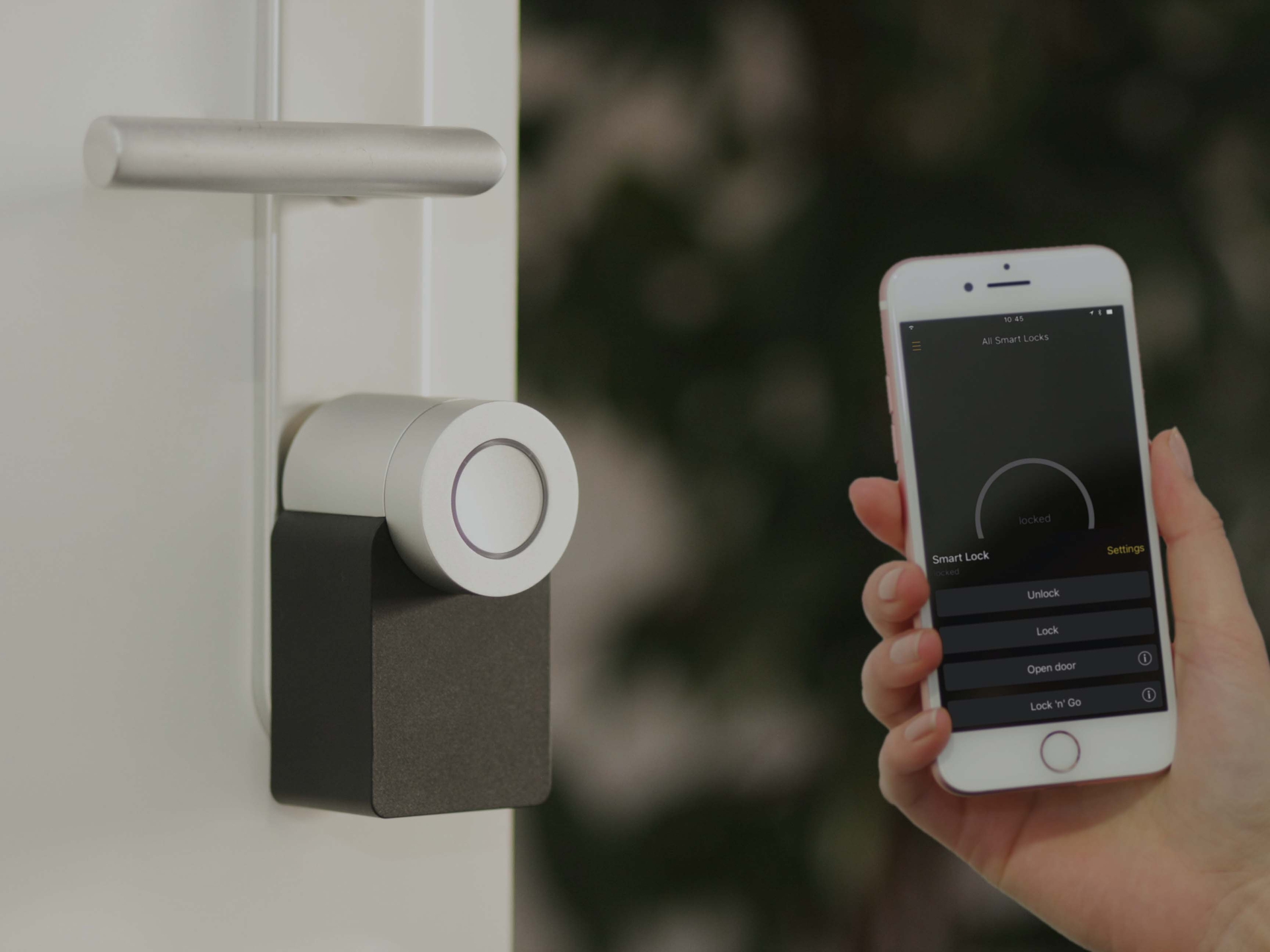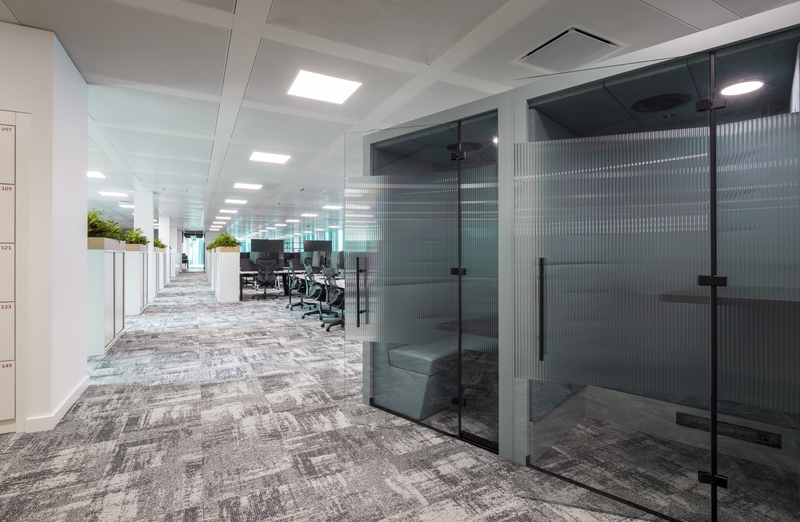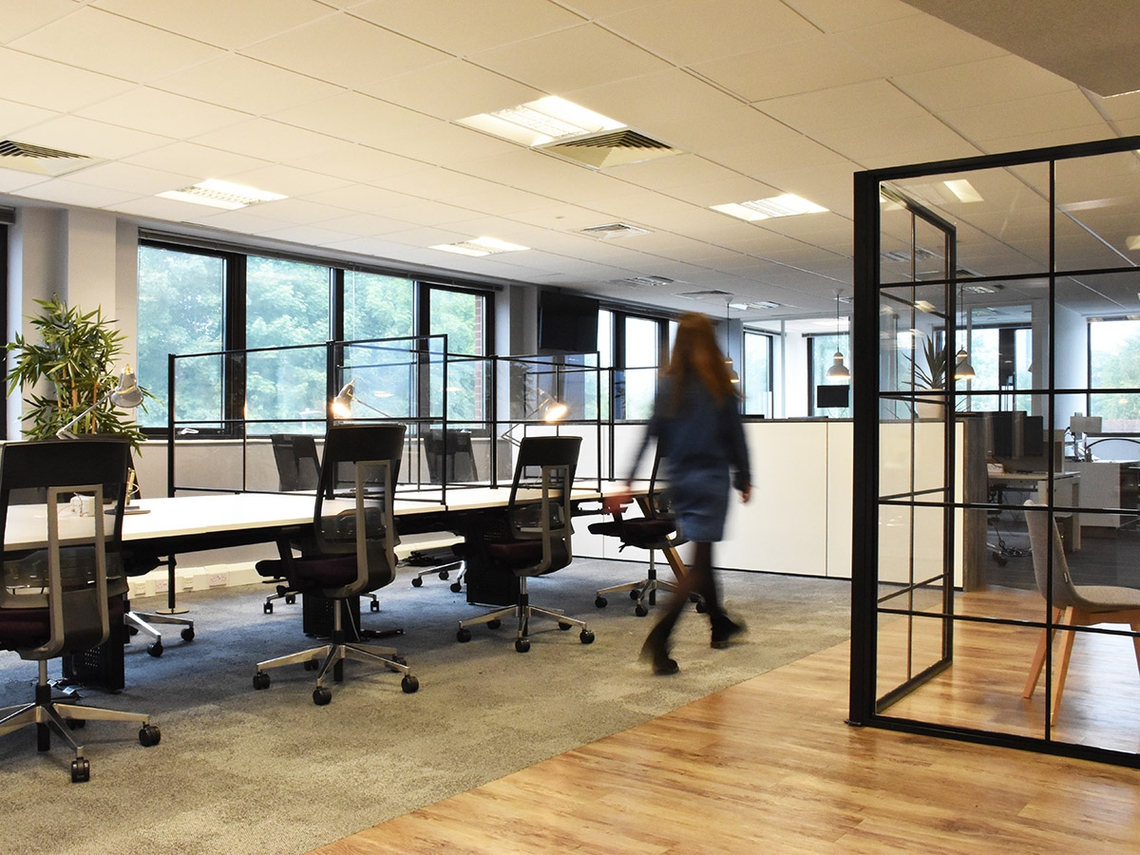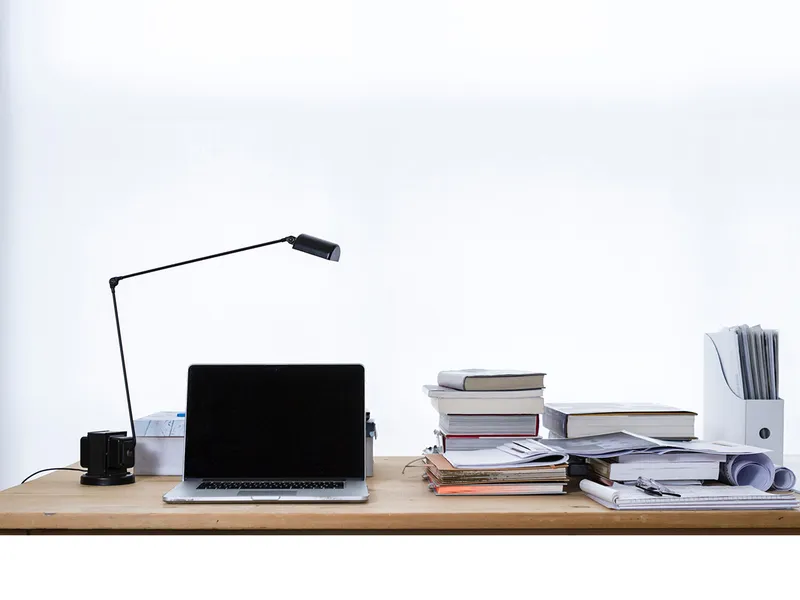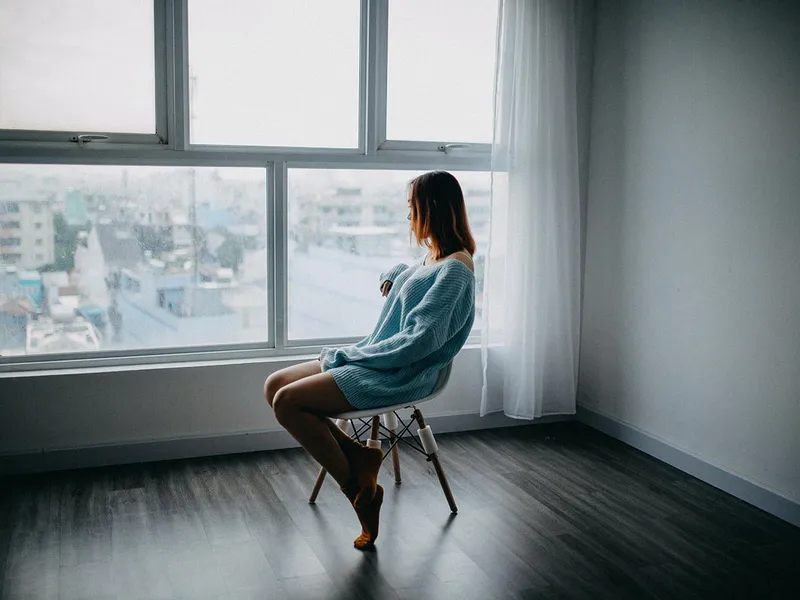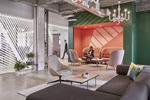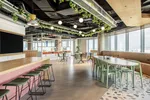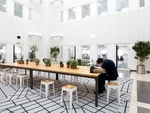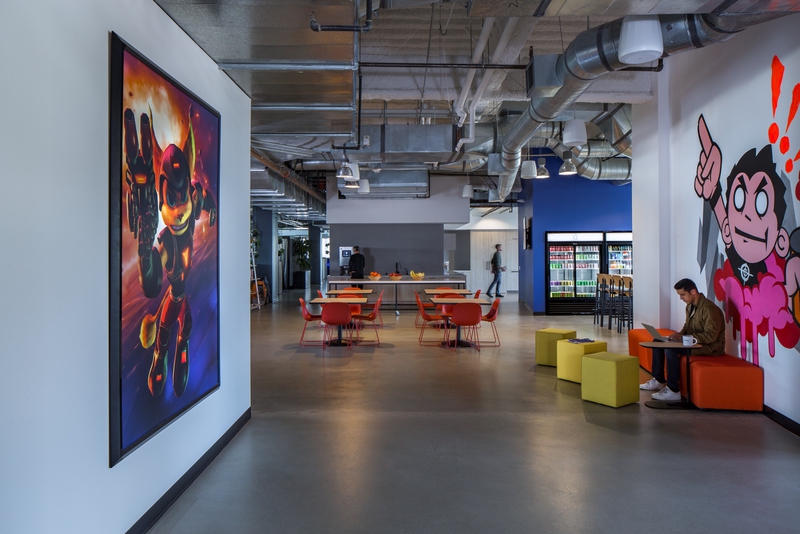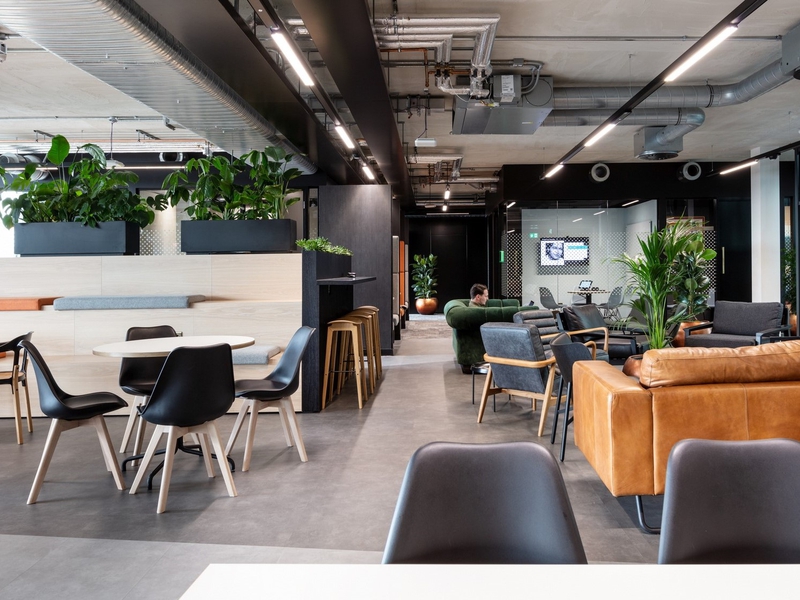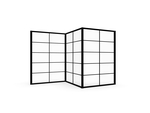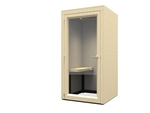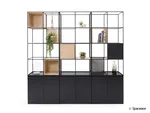26 Jun 2020
Industry Trends, Return to the Workspace Solutions
Lockdown is easing and we are gradually beginning to reinhabit the workplace. Studies have discovered that overwhelmingly, people want to return to the office, however they expect significant change. These changes will shape how comfortable people will feel returning, and present an opportunity to earn the trust of space users which will cause them to return again. The challenge facing designers currently is to create a captivating and welcoming return experience that overcomes health fears as well as acting as a catalyst for innovation and creative collaboration. Emotional security should not be overlooked; in fact, it’s just as important as physical safety. Having a sense of feeling safe, valued and respected instills confidence in people, giving way to greater performance and enhanced collaboration. It will be interesting to observe and learn, through the experiences of many, which new space typologies prove to be the most successful design response in the post-pandemic world. In this blog, we’d thought we’d take a look at the design trends we may expect to see in the workplace environment for the imminent return of the workforce.

Rethought Space Geometry
Physical distancing guidelines have affected how we interact with one another, and in the immediate return to the workforce, will dictate space geometry and how a lower density workplace is occupied. Space planners have to remain aware of the science that justifies these regulations to ensure furniture and space is reconfigured in the best way possible to support effective, but distanced, working together. The shock of a life-threatening pandemic, followed by a drastic government response and the incessant negative tone of the media has been a lot to absorb for everyone and has raised levels of anxiety and a certain consciousness of proximity in our human-to-human interactions. To contribute towards the new priority of minimising viral transmission, rethinking and experimenting with design geometry will help increase the sense of safety. For example, the classic linear bench desking style can be broken up and pieced back together in a new layout; restructuring the layout so that desks are 90 degrees from one another avoids seating people face-to-face. Another example is collaboration areas, which present challenges when complying with distancing guidelines. We may see more collaborative interactions taking place in the open plan, however with a new space geometry; reconfiguring the layout of space dividers to create needed levels of privacy and visual barriers.

Visual Cues
There has been a plethora of return to work proposals showing wayfinding graphics as an integral tool to guide people safely through the return. Concepts like the one-way office and the 6ft office heavily feature floor graphics to dictate the movement and density of people in the workspace. Whilst the effectiveness of this tactic relies on the cooperation of space users, even if users ignore these visual guides, they can subconsciously instill a feeling of safety. As occupants feel safer within the workplace, they will place greater trust in the environment they’re returning to. Going further than signage and graphics, space dividing furniture repositioned in a strategic manner can guide people to interact and navigate the workspace safely. A visual protective barrier, like Spacestor’s Palisades Vista, builds on the perception of safety.

A New Material Aesthetic
It has been scientifically proven that the virus can not only transfer between people, but also between exposed surfaces. 72% of infections can be transmitted by touch, so as workplace return strategies are formed, common touchpoints and all surfaces that the workforce physically interact with on a daily basis will have to be considered as an element of risk. With a renewed focus on enhanced hygiene protocols, a harder, more clinical aesthetic could be introduced. Materials like acrylic and laminates which have smooth, flat surfaces, are cleanable and therefore a more valuable contribution to mitigating the risk of viral transmission. We have already seen a rise in the research and development of materials that can deflect the virus, for example, antimicrobial coatings and copper applied to hardware at common touchpoints like handles and countertops. There has also been a rise in the development of antimicrobial fabrics in the textile industry which could lead to a greater use of synthetic textiles. Antimicrobial agents are applied at the surface of these fabrics, or integrated within the fibres, forming a product that inhibits the growth of microorganisms.

A Touchless Experience
Further to this new material aesthetic, return to work strategies will be looking at ways in which to completely avoid common touchpoints. By simply leaving more doors open, the risk posed by the frequent contact with door hardware is immediately minimised, however this may not be a sustainable solution from a security perspective. Up until the pandemic came into force, systems and interfaces deployed to assist with a seamless, frictionless user experience have been heavily reliant on touch technology. For example, meeting room booking systems, sign-in tablets, and coffee points. However, the radical interruption of COVID-19 has changed our view on these conveniences, which now present themselves as health risks. The focus has shifted to removing the reliance on touch, and we are likely to see a move towards alternative technologies to aid an easy, frictionless user experience. A move from the use of shared devices to personal devices is a simpler, easy solution through the use of workplace experience apps that not only gives the user access to their environment, but greater control over it. However, there may be situations in which the use of an app may work against a streamlined user journey, causing unnecessary disruption. In these cases, technologies like gesture control, voice activation or facial recognition may be adopted. AI has become the norm in the home environment, with virtual assistants like Amazon’s Alexa and Google’s Siri, so for many, the use of voice in controlling their environment would be a familiar experience. Facial recognition takes the user experience one step further as it requires no conscious action by the user, as a recent article from Gensler said, it’s “the most powerful enabler of truly frictionless experiences”.

Integration & Inclusivity
In the post-pandemic environment, with the rise of the distributed work trend, the workplace will no longer be a single physical place, but a hybrid of connected physical and virtual spaces serving as a trusted platform for team collaboration and continual business growth. The seamless integration of multiple environments will be critical for establishing an inclusive and equal experience for all users, regardless of physical or virtual presence. Again, this will be heavily dependent on reliable technology able to build an immersive platform for virtual meetings, with each participant having the sense that their contribution is valued. Technology like mixed reality is a tool that organisations will be working towards to create the needed equality in these virtual collaborative experiences. An increase in remote working is likely to make this level of technological integration the norm for almost every collaborative space within the workplace.

Airflow
With employee health and safety becoming the top priority for the return, companies are gaining a greater awareness and understanding as to the potential viral risks posed by the workplace. One known fact is that fresh air helps to reduce the spread of airborne germs. So, it’s likely that HVAC protocols will change for recirculating air systems to bring in more outside air. One design implication we can expect is for collaboration spaces to come out into the open plan space with reconfigured space division providing the needed privacy. The ventilation rates in sound proof collaboration pods and cabins for 2 or more people are likely to present challenges when managing air changeovers between users, so for the immediate return, these may not be particularly popular environments.
The return to the physical workplace is imminent and it will be one huge experiment. As every company becomes better at managing risks and mastering the user experience, we will witness the workplace evolving into a reinvention of its former self. An environment that is designed to counteract future risks, with flexibility and resilience being adopted as core characteristics. COVID-19 has given rise to a rapid acceleration in technological development, shaping a new experience we may never have imagined half a year ago.
Share this article
